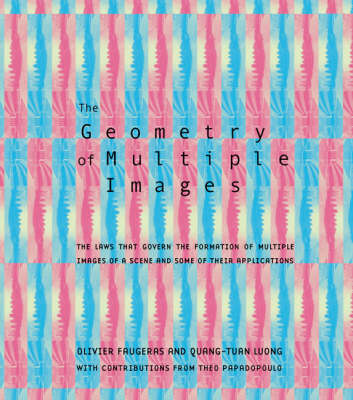This book formalizes and analyzes the relations between multiple views of a scene from the perspective of various types of geometries. A key feature is that it considers Euclidean and affine geometries as special cases of projective geometry.
Over the last forty years, researchers have made great strides in elucidating the laws of image formation, processing, and understanding by animals, humans, and machines. This book describes the state of knowledge in one subarea of vision, the geometric laws that relate different views of a scene. Geometry, one of the oldest branches of mathematics, is the natural language for describing three-dimensional shapes and spatial relations. Projective geometry, the geometry that best models image formation, provides a unified framework for thinking about many geometric problems are relevant to vision. The book formalizes and analyzes the relations between multiple views of a scene from the perspective of various types of geometries. A key feature is that it considers Euclidean and affine geometries as special cases of projective geometry. Images play a prominent role in computer communications. Producers and users of images, in particular three-dimensional images, require a framework for stating and solving problems. The book offers a number of conceptual tools and theoretical results useful for the design of machine vision algorithms. It also illustrates these tools and results with many examples of real applications.
- ISBN10 0262562049
- ISBN13 9780262562041
- Publish Date 30 January 2004 (first published 5 March 2001)
- Publish Status Transferred
- Out of Print 7 December 2021
- Publish Country US
- Publisher MIT Press Ltd
- Imprint MIT Press
- Format Paperback (US Trade)
- Pages 668
- Language English
- URL http://mitpress.mit.edu/9780262562041
